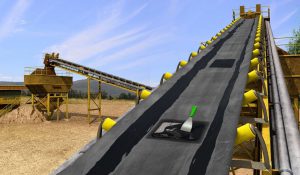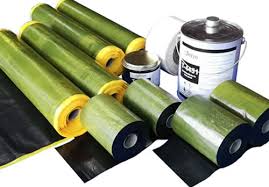How many kinds of conveyor belt splicing methods?
All conveyor belts must be connected in an endless shape to be used, so the quality of the conveyor belt joints directly affects the service life of the conveyor belt and whether the conveyor line can run smoothly and smoothly. Common methods for conveyor belt joints include mechanical joints, cold bonded joints, and hot vulcanized joints.
1.Mechanical splicing
The use of belt buckle joints is convenient and economical, but the joints are low in efficiency and easily damaged, which has a certain impact on the service life of the conveyor belt products. In the PVC and PVG whole core flame-retardant antistatic conveyor belt splicing, the products of the 8-stage belt or lower are generally used.
2. Cold bonded splicing
That is, a cold-adhesive adhesive is used for the joint. This joint method is more efficient and mechanical than the mechanical splicingand should be able to have a better splicing effect, but from the practical point of view, because the process conditions are difficult to master, the quality of the adhesive has a great influence on the splicing. So it is not very stable.
3.Hot vulcanization splicing
The practice has proved to be the most ideal conveyor belt splicing method, which can ensure high joint efficiency, and is also very stable, and the joint-life is also very long and easy to grasp. However, there are disadvantages such as troublesome process, high cost, and long joint time.

Tags: conveyor belt splicing




